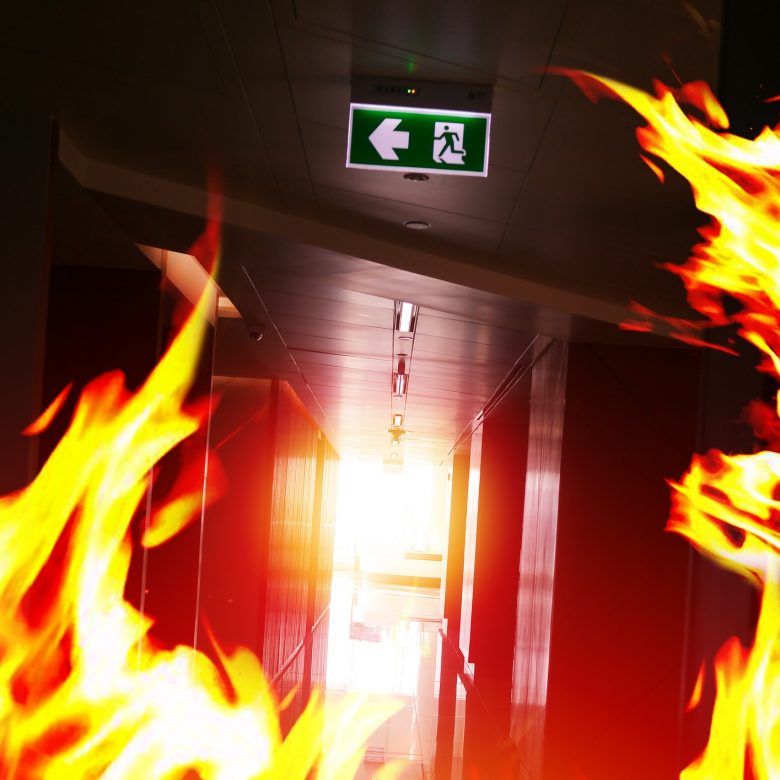Preparing for emergencies in your workplace is the only way to handle them well should they ever arise. This is especially true of fire prevention and response. Some industries are more likely to experience fires in the workplace, such as pulp and paper, and chemical handling, but none are completely fireproof.
Addressing a potential fire in the workplace and your response to it requires you to consider a number of options, training opportunities and evacuation plans. Although OSHA requires a fire prevention plan for the standards on ethylene oxide, methylenedianiline, and 1,3-butadiene, it’s recommended that all employers develop a plan. After all, even if the potential for a fire is small, it’s better to be prepared than regretful.
When preparing a fire prevention plan, research best practices and other considerations and keep the following OSHA recommendations in mind:
- If you have 10 or fewer employees you may communicate the plan orally to them. Otherwise, your written plan should be kept in the workplace and available to employees for review.
- Include a list of all major fire hazards and potential ignition sources in your workplace and train workers in preventative methods that address these hazards and ignition sources. This can include proper handling and storage procedures for hazardous materials or ignition source control.
- Design procedures to control ignition sources such as smoking, welding and burning.
- Decide on the type of fire protection equipment necessary to control each major fire hazard.
- Develop housekeeping procedures to control the accumulation of flammable and combustible waste materials, and store flammables away from potential ignition sources.
- If your workplace uses heat-producing equipment, establish procedures to regularly maintain safeguards in order to prevent accidental ignition. Your safety program should also include proper cleaning and maintenance of equipment such as burners, heat exchangers, boilers and stoves.
- Determine who is responsible for maintaining equipment intended to prevent or control sources of ignition and fires.
- Consider who is responsible for controlling fuel source hazards.
- Review the fire response plan with new employees and with all employees whenever the plan is changed.
This list covers the basic topics you must consider when creating a fire prevention plan. But mapping potential hazards and preventative measures is not always enough. Sometimes unforeseen circumstances, faulty equipment or simple mistakes can still cause a fire. This is why your fire prevention plan should also include response and evacuation measures:
- Install fixed extinguishing systems throughout the workplace to detect fires, sound an alarm, and/or send water to the fire and heat.
- Organize and train a group of employees to respond to fire emergencies if your fire suppression system is out of service.
- Design procedures for reporting a fire or other emergency.
- Design emergency evacuation procedures and share them with employees.
- Ensure your employees know who is responsible for your emergency action plan and the information within it.
- Prepare evacuation routes and ensure employees are familiar with them.
- Consider if your workplace will require someone to stay behind to maintain or curtail critical operations before evacuation.
- Design procedures to ensure all workers are present at the emergency assembly point after evacuation.
- Determine who is responsible for rescue and medical duties.
Handling an emergency is never easy and when emotions are running high, it’s vital to have a plan in place. Design it well, train employees and schedule regular fire drills. Account for all the possible scenarios for a fire in your workplace and your plan will be there for you when you most need it.

